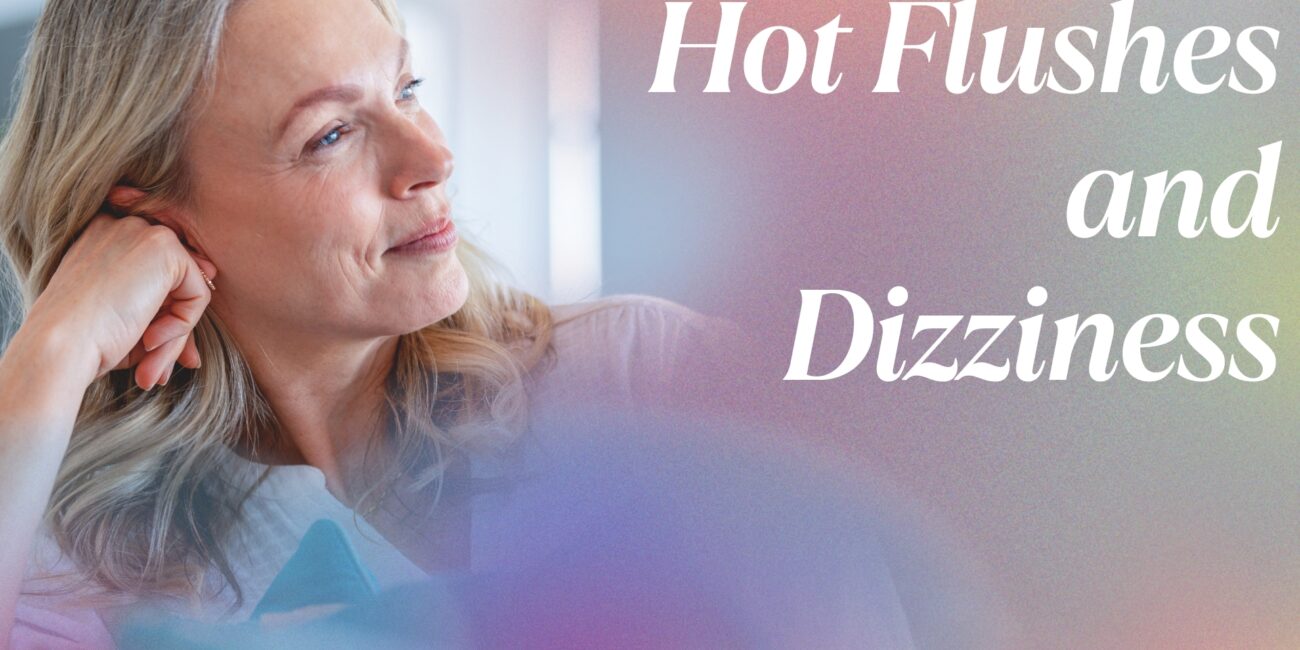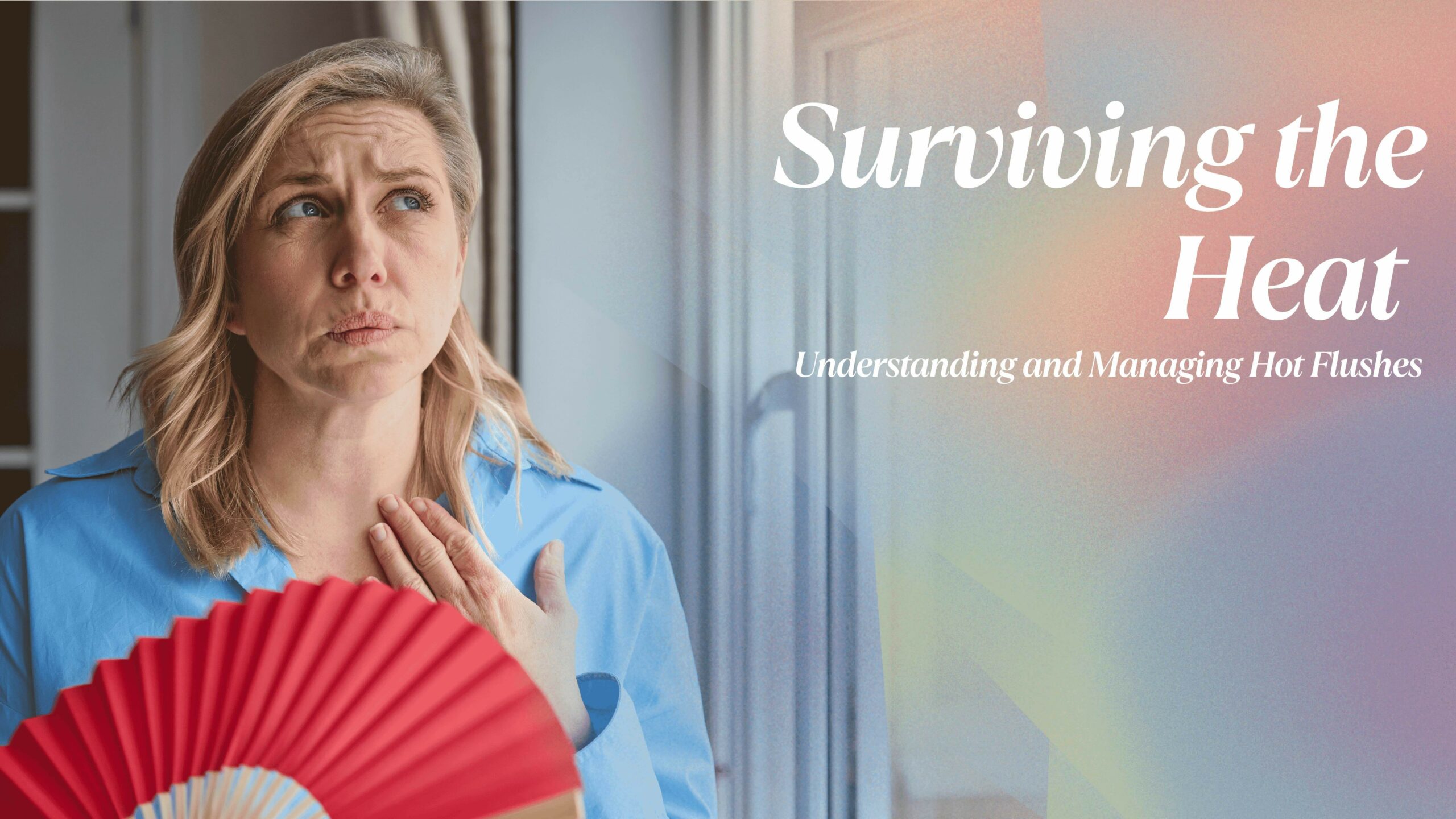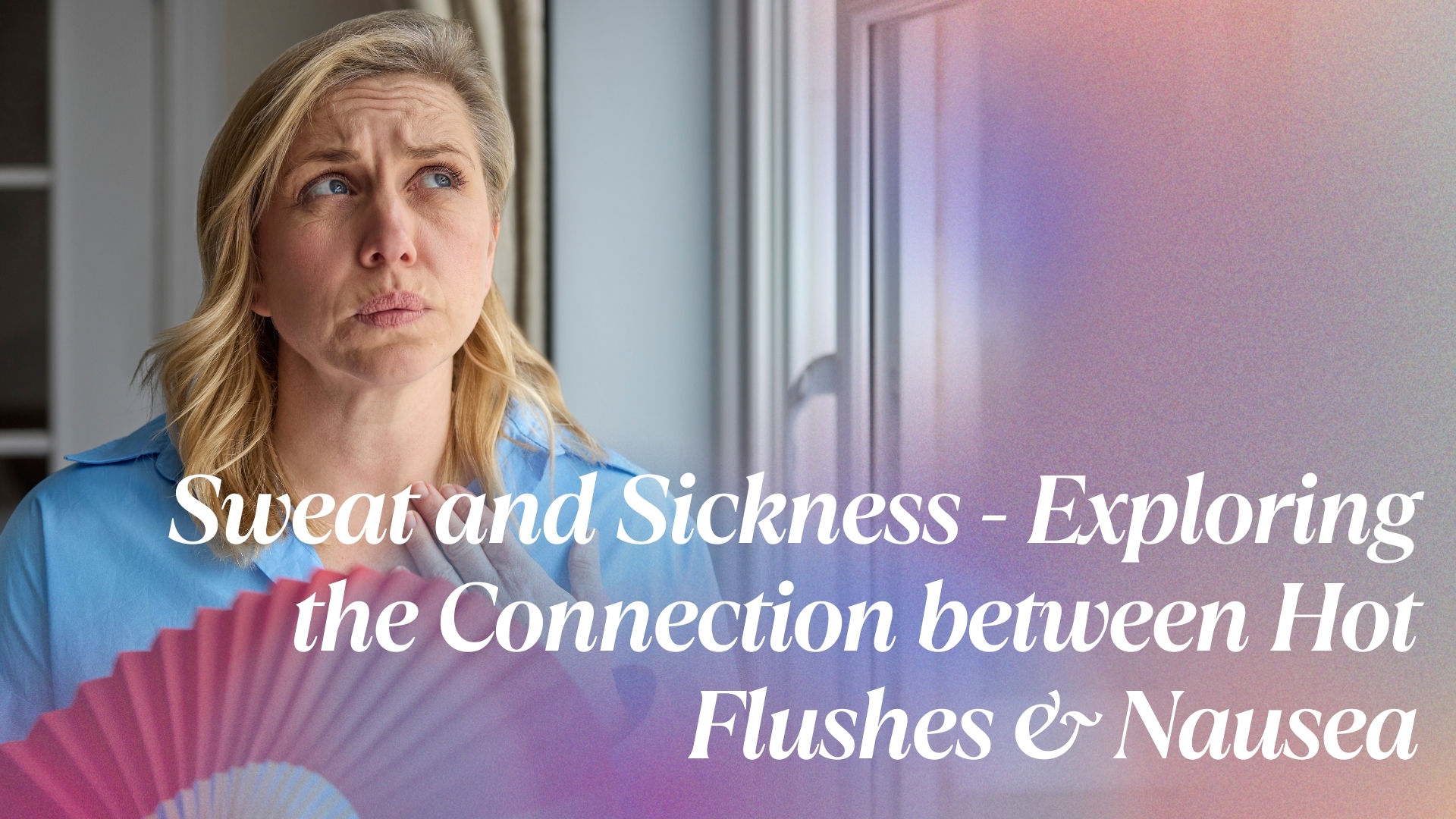Nausea can strike unexpectedly, turning a serene afternoon into a whirlwind of discomfort. A wave of warmth surges through your body, beads of sweat form on your forehead, and it feels as if you’re trapped in an overheated oven. But it doesn’t stop there—an unsettling sensation builds in your stomach, twisting and turning, leaving you queasy and uneasy.
Across the world hot flushes reign as the leading symptom of menopause, striking at any moment with waves of heat engulfing your upper body, particularly the head and chest. Accompanied by flushed skin and blemishes, these sensations often leave you sweating profusely, especially at night, disrupting your sleep cycle.
To define nausea it is that uncomfortable feeling of vomiting and uneasiness – a common symptom that many of us might have experienced in conditions like motion sickness, morning sickness, pregnancy, and countless gastroenterological disorders that affect the organs that are responsible for digestion, nutrient absorption & waste elimination.
That’s great but what exactly is the connection between Hot Flushes and Nausea? Do hot flushes and nausea occur at the same time? do they worsen the situation even more? Or do they occur one after the other? How are hot flushes exactly related to this sick feeling?
The Connection between Hot Flushes & Nausea
Hot Flushes and the feeling of dizzy stomach can occur either simultaneously or separately, ultimately disrupting the woman’s lifestyle.
There’s a surprising connection between hot flushes, uneasiness, and your estrogen levels—a hormone crucial for regulating body temperature. As estrogen levels drop, your body’s thermostat becomes more sensitive, causing sudden and intense temperature spikes that can leave you feeling queasy and, in some cases, even result in vomiting. This unsettling experience can come out of nowhere, disrupting your day and making it difficult to carry on with normal activities. For some women, the intensity of these symptoms can be overwhelming, leaving them searching for answers and effective ways to regain control over their bodies during menopause.
There are numerous factors that can exacerbate the symptoms of hot flushes and nausea. Symptoms like stress and anxiety serve as notorious catalysts, intensifying these discomforts. Likewise, indulging in alcohol or spicy foods can trigger episodes of both heat surges and nausea. Furthermore, certain medications, including opioid drugs and chemotherapeutics, have been identified as culprits for worsening these symptoms. Understanding and managing these triggers can play a crucial role in alleviating the impact of heat waves and nausea on one’s well-being.
Effective Strategies to Manage Hot Flushes and Nausea
So what are the methods we can employ to fight against these? There are very simple yet effective ways through which we can tackle this situation by which individuals can significantly improve their quality of life and dilute these troublesome symptoms.
- Simple Modifications in Lifestyle
- Hormonal Therapy
- Medication and Meditation
- Alternative Therapies like acupuncture and herbal remedies
A dietary change is one of the main lifestyle changes needed to reduce the risk of nausea during menopause while optimizing your comfort and well-being by implementing simple lifestyle adjustments to manage hot flushes and nausea effectively.
Choose loose-fitting, breathable clothing like cotton to regulate body temperature and reduce the intensity of hot flushes while steering clear of alcohol and spicy foods to avoid triggering symptoms.
Embrace cooling measures such as fans or handheld cooling towels to provide instant relief when hot flushes strike unexpectedly, and prioritize stress-relief techniques like deep breathing exercises and meditation to reduce the impact of stress on symptom severity.
Additionally, maintain a balanced diet rich in fruits, vegetables, and lean proteins while avoiding caffeine and high-fat foods to minimize symptom flare-ups and promote overall health. By incorporating these practices into your daily routine, you can take control of your symptoms and enhance your quality of life.
Resources: https://www.reviveresearch.org/blog/hot-flashes-and-nausea/





 No products in the cart.
No products in the cart.